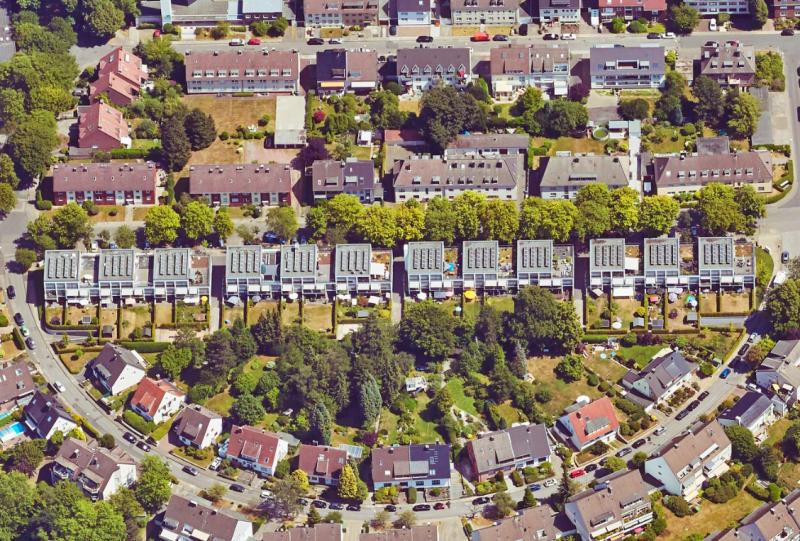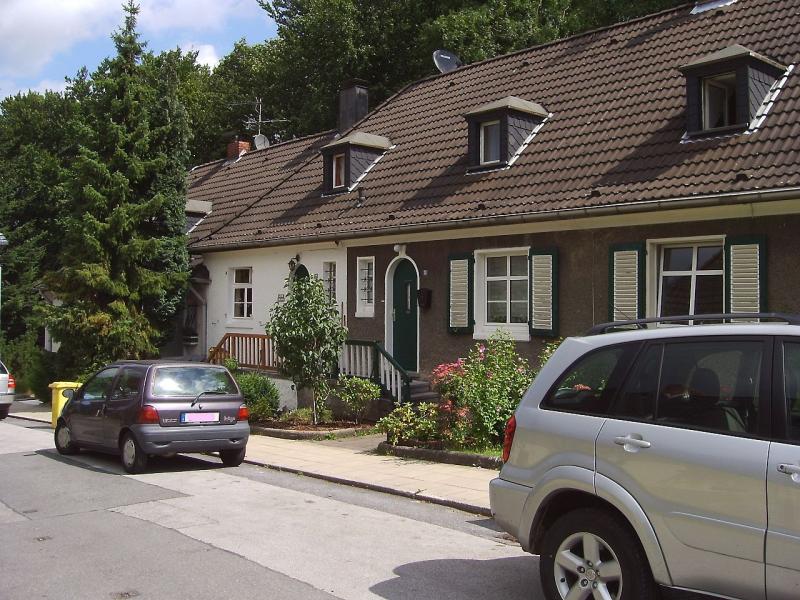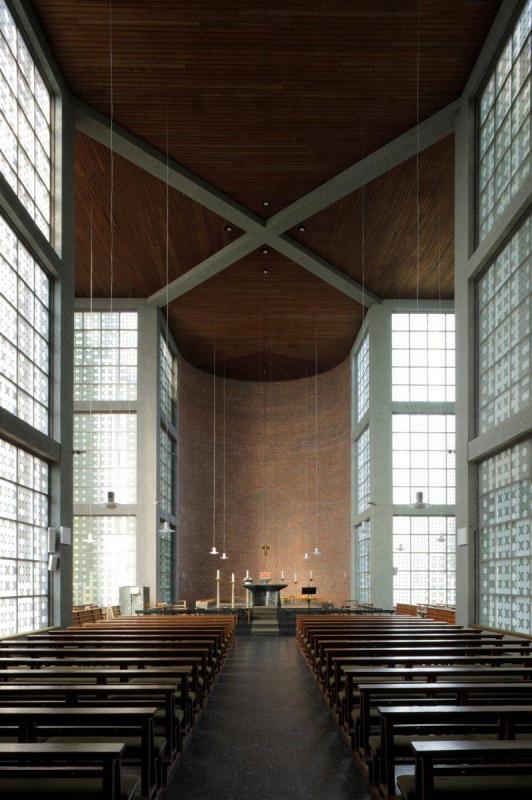Kunstwerkerstraße 179-183, Westfalenstraße 3, 45136 Essen
Icon legend
![]() This icon indicates an awarded building
This icon indicates an awarded building
![]() This icon indicates a listed building
This icon indicates a listed building
![]() Projects with this logo are on the UNESCO World Cultural Heritage list
Projects with this logo are on the UNESCO World Cultural Heritage list
![]() Project has been converted, renovated or extended
Project has been converted, renovated or extended
x close
![]()
![]()
1820 / 1925
- keine Angabe -
Franz Dinnendahl
(building 1820)
Advanced search with more criteria
Total projects: 483

45136 Essen
Distance: 0.81 km

45133 Essen
Distance: 2.95 km

45130 Essen
Distance: 3.02 km
Only the entrance facade along Westfalenstraße and the machine shed converted into lofts at Kunstwerkerstraße are a reminder of the foundry and machine factory of Franz Dinnendahl he had built here in the 1920s. Machine shed, enclosure and gate house were built around 1925 after a fire had destroyed the old assembly shop at Kunsthandwerkerstraße. The buildings have been listed since 1992.
The factory, also called “Kunstwerkerhütte”, was continued, after his death, by the founder’s sons Johann and Röttger Wilhelm and, in the main, produced mining and iron and steel industry accessories like steam engines, drills, pit ventilators and compressors.
In 1840, Röttger Wilhelm became the sole manager. In 1890, the company was made a corporation called R.W. Dinnendahl AG. After having merged with the Westfalia Bochum factory in 1922 to form Westfalia-Dinnendahl AG, in 1930 the Gröppel-Werk in Bochum was also added. As late as in the 1950s, the former “Kunstwerkerhütte” still employed 290 workers and thus was the second largest employer after the pits in what then was Rellinghausen.
Author: Route der Industriekultur / Editorial baukunst-nrw
Text last changed on 13.07.2021
Categories:
Engineering » handcraft
Architecture » Commercial Buildings » Industrial
Architecture » Residential buildings » Multiple Housing